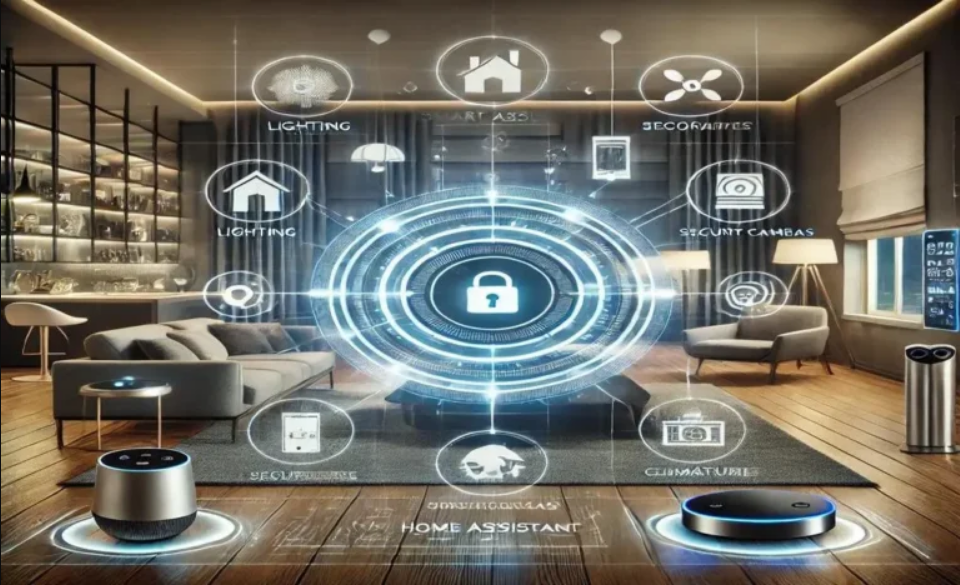
As we become more connected, smart audio has grown from novelty into core infrastructure in many homes. Speakers, soundbars, and audio systems are no longer just about how loud or clear they are; they’re also about how well they integrate with voice assistants, smart home systems, multi-room setups, and streaming services. If you’re shopping for “smart audio” (or want to upgrade), here’s what to know — and what are some of the best options today.
What Exactly Is “Smart Audio”?
Smart audio refers to audio devices that go beyond simply playing sound. Key features often include:
Voice control (via Alexa, Google Assistant, Siri, or built-in assistants)
Streaming capability over Wi-Fi / Bluetooth / AirPlay / Chromecast / other protocols
Multi-room capability so you can play or sync music across multiple speakers
Smart home integration (with home automation, sensors, routines, etc.)
Good audio quality, ideally balancing bass, clarity, and richness
Ease of use via apps, touch / physical controls, etc.
So, the best smart audio strikes a balance between sound quality and smart features.
What To Look For When Choosing
Here are key criteria you should consider:
Sound Quality
How well are bass, mids, and treble handled?
Does the speaker fill the room without distortion?
Is there support for spatial audio / immersive formats?
Smart Features / Assistants
Which voice assistants are supported?
How well do they respond (latency, accuracy)?
Local control (vs cloud-only), privacy features.
Connectivity & Streaming
Wi-Fi, Bluetooth, AirPlay, Spotify Connect, Chromecast, etc.
Inputs / outputs (USB, line-in, aux, HDMI if soundbars).
Multi-Room & Ecosystem
Ability to group speakers for synchronized play.
How well the system works with other devices / brands.
Physical Design & Build
Size, aesthetics, materials.
Where and how you place it: on shelf, wall, portable, etc.
Price / Value
How much are you paying for premium features vs just decent sound?
Are you sacrificing features if you go cheaper?
Matching the Best to Your Needs
Depending on how you plan to use your smart audio, different models will suit different people:
For a bedroom or small room: Smaller speakers like the Era 100 or HomePod Mini are sufficient. You gain convenience and smart features without needing huge output.
For living rooms / parties: Go for larger speakers with strong bass, or even soundbars / speaker + subwoofer combos. Spatial audio becomes more meaningful.
For mobility or outdoor use: Portables with battery life, weather resistance, and good Bluetooth/Wi-Fi streaming are useful.
For smart homes / automation: Prioritize speakers that integrate well with your existing assistant (Alexa / Google / Apple / Home Assistant etc.), support routines, have local control options if you care about privacy.
Potential Downsides & What to Watch Out For
Price vs features: Some speakers cost a lot for marginal gains (especially in premium hi-fi).
Ecosystem lock-in: Some systems work best if you stay within that brand or assistant (e.g. Apple, Sonos, etc.).
Updates & Support: Smart features are often improved via software; brands that frequently update are better.
Privacy: Voice assistants listen for wake words; ensure there are options to mute mic, erase voice history, etc.
Sound limitations: Even good smart speakers may struggle with very low bass or very high volumes compared to dedicated hi-fi or studio monitors.
Conclusion
The “best smart audio” depends a lot on your priorities: audio quality, smart features, ecosystem, price, and where you’ll use it. As of 2025, devices like the Sonos Era 100 / 300, Denon Home 350, HomePod 2, and other premium models lead if you want audio excellence plus smart capabilities. If you’re more about value, size, or portability, there are excellent lower-cost speakers that still deliver much of the smart functionality.